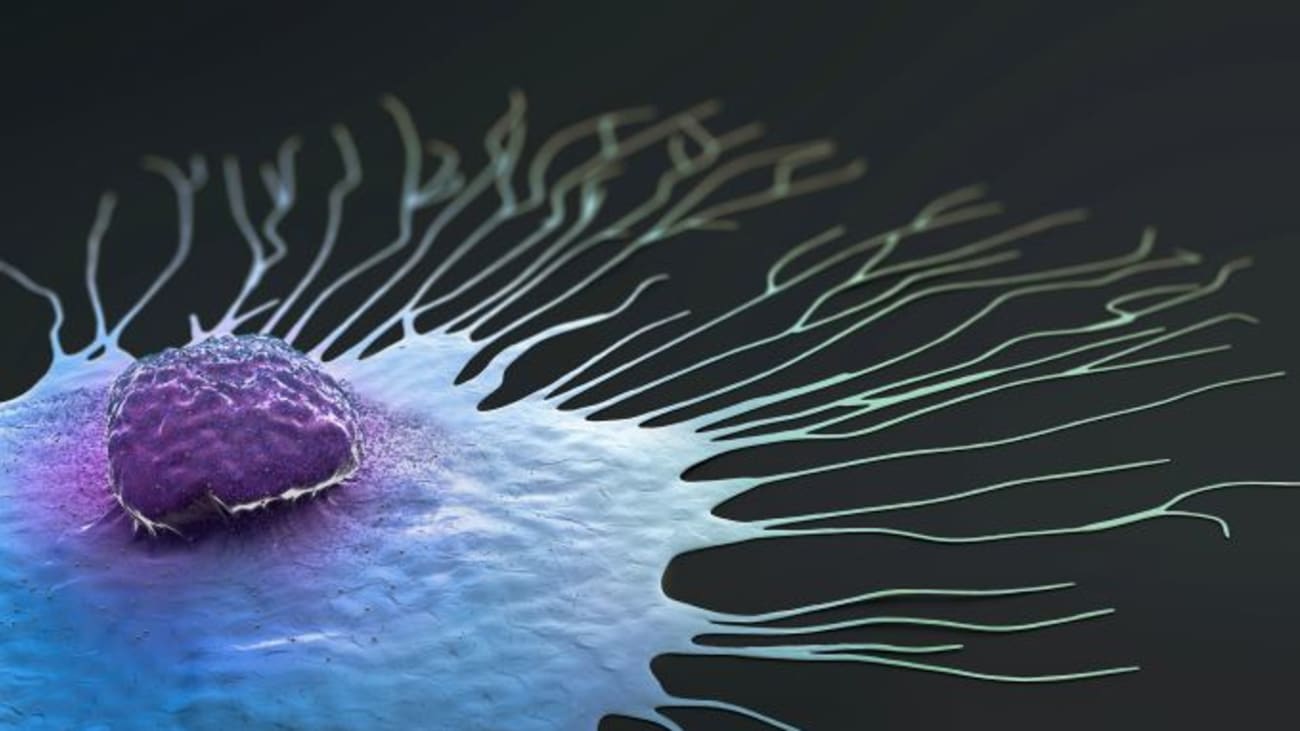Exploring the Complexities of Advanced Breast Cancer: A Comprehensive Guide
Welcome to an in-depth exploration of the intricacies surrounding advanced breast cancer. In this comprehensive guide, we aim to provide valuable insights and information about the various complexities associated with this advanced stage of breast cancer.
Understanding Breast Cancer
Breast Cancer Overview:
Definition: Breast cancer is a type of cancer that begins in the cells of the breast. It can occur in both men and women, but it is far more common in women.
Key Points:
- Types of Breast Cancer:
- Ductal Carcinoma In Situ (DCIS): Non-invasive, the abnormal cells are found in the lining of a breast duct but haven’t spread outside the duct.
- Invasive Ductal Carcinoma (IDC): The most common type, it begins in the milk ducts and then invades nearby tissues in the breast.
- Invasive Lobular Carcinoma (ILC): Starts in the milk-producing glands (lobules) and then invades nearby tissues.
- Risk Factors:
- Gender: Women are at a higher risk.
- Age: Risk increases with age.
- Family History: If close relatives have had breast cancer.
- Genetics: BRCA1 and BRCA2 gene mutations increase the risk.
- Personal History: Previous breast cancer or certain non-cancerous diseases.
- Symptoms:
- Lump in the breast or underarm: The most common symptom.
- Change in size, shape, or appearance of the breast.
- Unexplained pain in the breast or nipple.
- Nipple discharge, other than breast milk.
- Diagnosis:
- Mammogram: X-ray of the breast.
- Biopsy: Removing a small sample of tissue for examination.
- MRI, CT, and PET scans: Imaging tests for staging.
- Stages of Breast Cancer:
- Stage 0: Non-invasive, confined to the original site.
- Stage I-IV: Increasing severity with the spread of cancer to nearby and distant organs.
- Treatment Options:
- Surgery: Removing the tumor or entire breast.
- Radiation Therapy: Using high doses of radiation to kill cancer cells.
- Chemotherapy: Drugs to kill cancer cells or stop their growth.
- Hormone Therapy: Blocking hormones that fuel some types of breast cancer.
- Targeted Therapy: Targeting specific molecules involved in cancer growth.
- Survival Rates:
- Survival rates vary by stage and type.
- Early detection and advances in treatment have improved survival rates.
- Prevention:
- Regular mammograms for early detection.
- Maintaining a healthy lifestyle.
- Some cases may be prevented with risk-reducing surgeries.
Definition and Stages
breast cancer, also referred to as metastatic or stage IV breast cancer, occurs when cancer cells have spread beyond the breast and nearby lymph nodes to other parts of the body. This stage is characterized by its complexity, necessitating a nuanced understanding of its diverse manifestations.
Subtypes and Variations
The landscape of advanced breast cancer is diverse, with different subtypes and variations influencing the course of the disease. From hormone receptor-positive to HER2-positive, each subtype demands a tailored approach in both diagnosis and treatment.
Navigating Diagnostic Challenges
Early Detection and Screening
Early detection plays a pivotal role in the effective management of advanced breast cancer. While routine screenings are essential, understanding the subtle signs and symptoms is equally vital for prompt diagnosis.
Diagnostic Tools and Techniques
A multitude of diagnostic tools, including mammography, MRI, and biopsies, are employed to confirm the presence of advanced breast cancer. Each method contributes to a comprehensive understanding of the disease, enabling healthcare professionals to make well-informed decisions.
Treatment Modalities for Advanced Breast Cancer
Targeted Therapies
Targeted therapies, such as monoclonal antibodies and kinase inhibitors, have revolutionized the treatment landscape for advanced breast cancer. These therapies aim to selectively target cancer cells while minimizing damage to healthy cells, thereby enhancing overall treatment efficacy.
Advancements in Immunotherapy
Immunotherapy represents a promising frontier in the battle against advanced breast cancer. Harnessing the body’s immune system to combat cancer cells has shown remarkable results, offering new hope for patients facing this challenging diagnosis.
Surgical Interventions
Surgery remains a vital component of the treatment strategy for advanced breast cancer, especially in managing localized complications. From tumor removal to reconstructive surgeries, surgical interventions are tailored to each patient’s unique circumstances.
Coping with Advanced Breast Cancer: A Holistic Approach
Palliative Care
The holistic care of patients with advanced breast cancer extends beyond medical interventions. Palliative care focuses on enhancing the quality of life for patients and their families, addressing physical, emotional, and spiritual needs.
Supportive Therapies
Complementary therapies, such as acupuncture, yoga, and counseling, play a pivotal role in supporting individuals grappling with advanced breast cancer. These therapies contribute to a comprehensive wellness strategy, addressing both the physical and emotional aspects of the disease.
Research and Future Outlook
Ongoing Research Initiatives
The field of breast cancer is dynamic, with ongoing research initiatives seeking to unravel its complexities. From genomic studies to clinical trials, researchers are tirelessly working towards discovering novel treatment modalities and improving patient outcomes.
The Role of Advocacy
Advocacy for breast cancer awareness and research funding is instrumental in driving progress. By fostering a supportive environment, we can accelerate breakthroughs and ensure that cutting-edge treatments become accessible to those in need.
Conclusion
In conclusion, navigating the complexities of advanced breast cancer requires a multidimensional approach. From early detection to advanced treatment modalities and comprehensive patient care, each facet contributes to the overarching goal of improving outcomes for individuals facing this challenging diagnosis.

